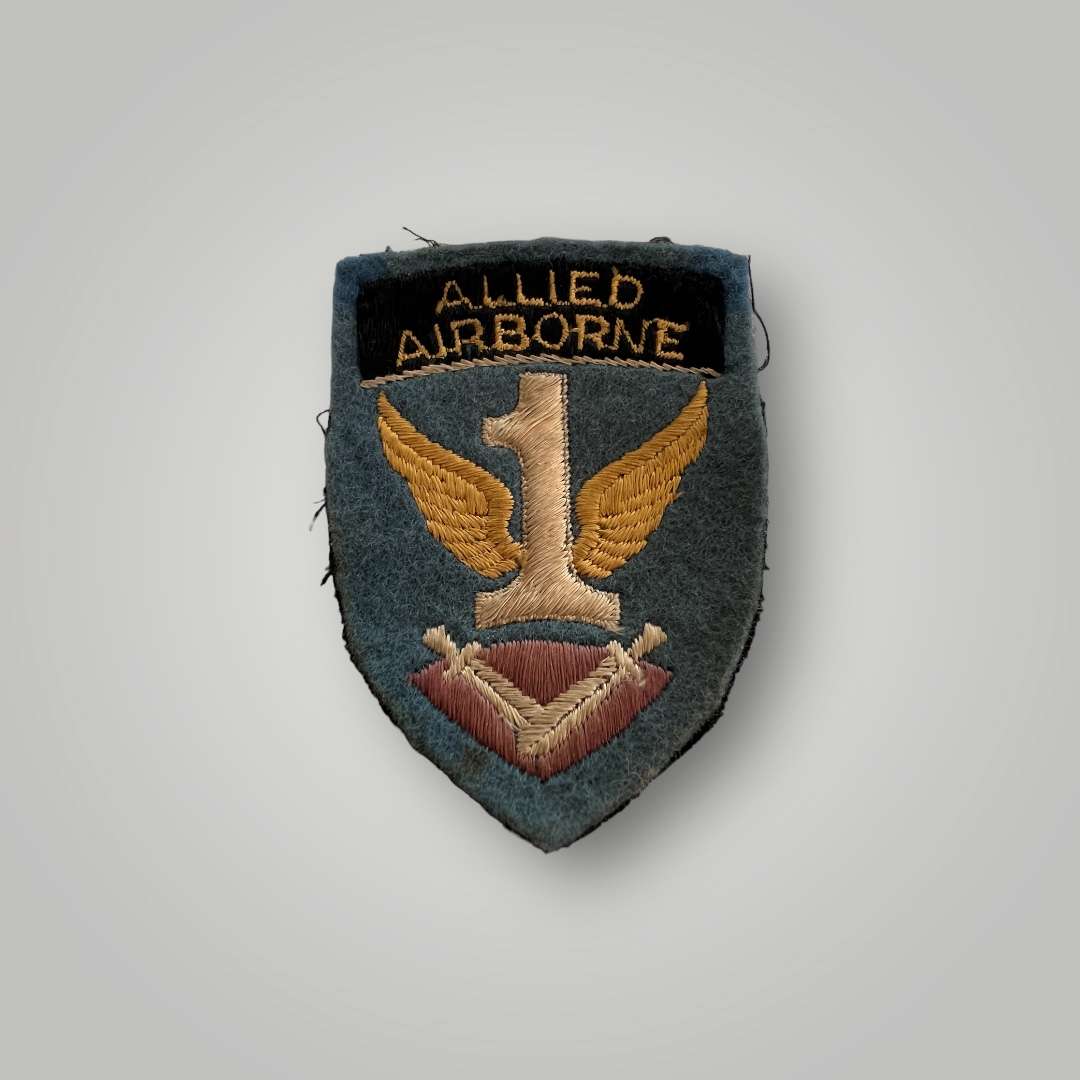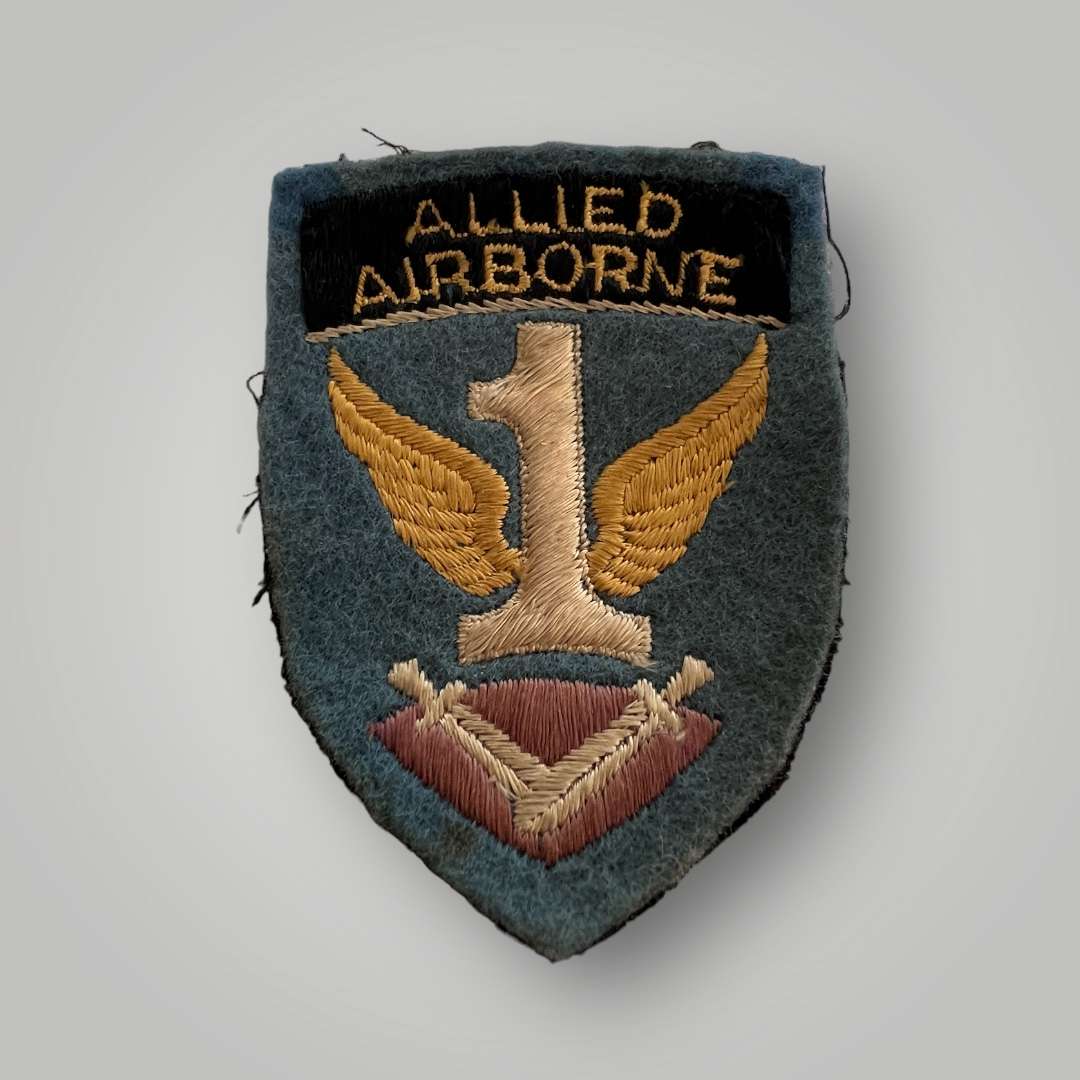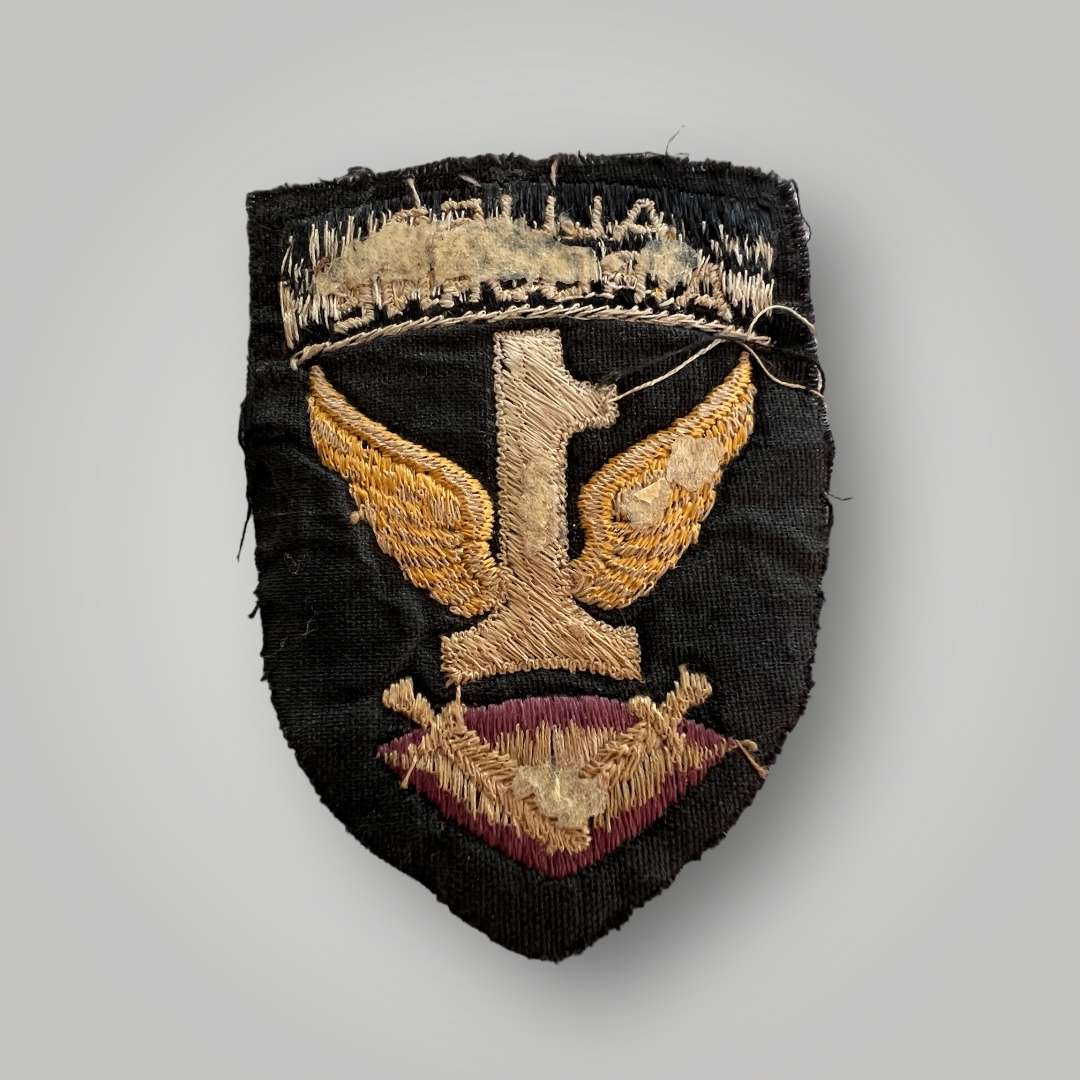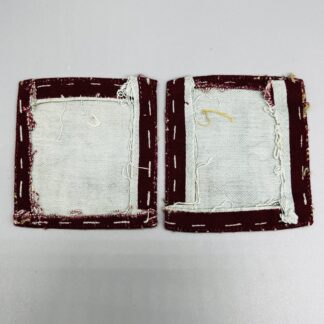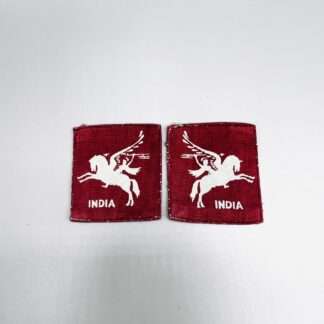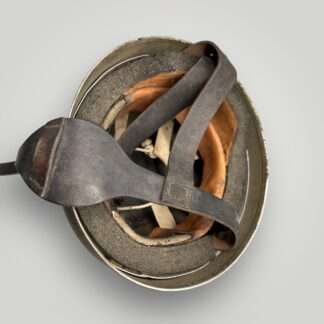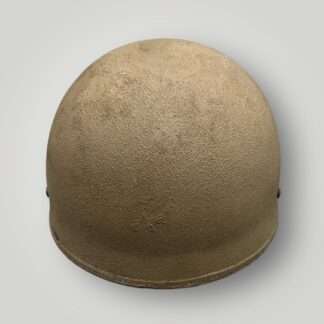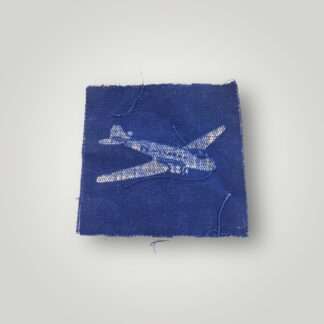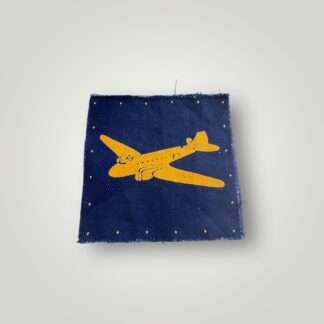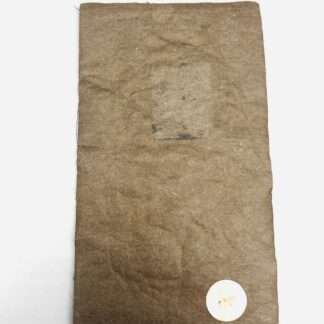Description
First Allied Airborne Formation
The First Allied Airborne Army was a multinational Allied formation institutued on the 2nd August 1944 by General Dwight D. Eisenhower. The formation was primarily tasked with coordinating and supporting airborne operations in Europe. It played a crucial role in several major campaigns, including the Normandy Invasion (D-Day) and the liberation of the Netherlands.
The formation was a component of the Allied Expeditionary Force, overseeing all Allied airborne forces in Western Europe from August 1944 to May 1945. This encompassed the U.S. IX Troop Carrier Command and the U.S. XVIII Airborne Corps, which commanded the 17th, 82nd, and 101st Airborne Divisions, along with various independent airborne units. Additionally, it directed all British airborne forces, including the 1st and 6th Airborne Divisions, as well as the Polish 1st Parachute Brigade.
From its inception until the conclusion of World War II, the formation led the Allied airborne forces involved in the advance through North-West Europe. This included pivotal engagements such as Operation Market-Garden in September 1944, the defense against the German counter-offensive during the Battle of the Bulge from December 1944 to January 1945, and Operation Varsity in March 1945.
Following the surrender of Nazi Germany, the formation was deactivated, with its constituent units returning to their respective national armies on May 20, 1945.


